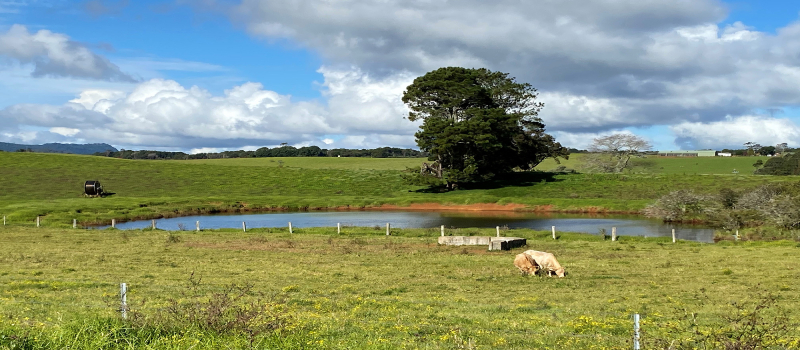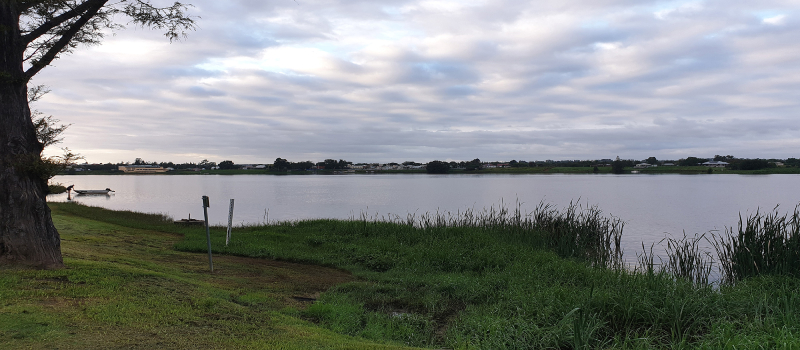About basic landholder rights
Landholders can take water under basic landholder rights without a water licence or approval in certain circumstances.
There are three types of basic landholder rights in NSW under the Water Management Act 2000: (Chapter 3, Part 1).
Rights that allow you to take and use water for domestic consumption and non-intensive stock watering without a water access licence or water use approval or in many cases a water supply work approval.
Rights for landholders to capture and store a proportion of the rainfall runoff from their landholding without requiring licences and approvals.
Rights with respect to water, as determined under the Commonwealth Native Title Act 1993.
Learn the basics about the 3 different landholder rights in NSW.
Health warning
You are responsible for ensuring that any water you use under a landholder right is safe and suitable to use.
NSW Health warns that water from a dam, river, lake or aquifer can be contaminated with micro-organisms, chemicals or algal blooms.
This water should not be used for drinking or cooking without appropriate treatment.
Information on water quality and treatment is available on the NSW Health website.




